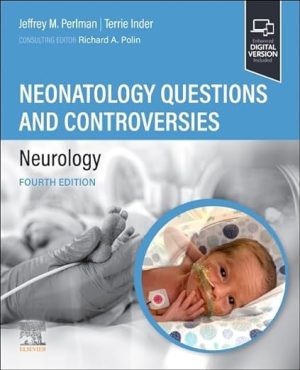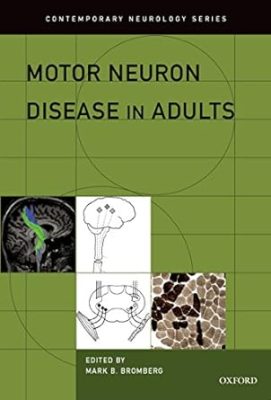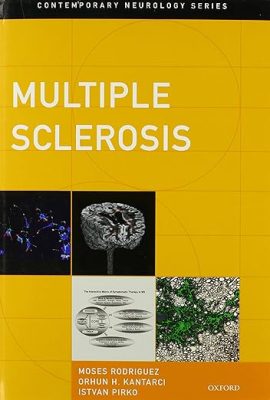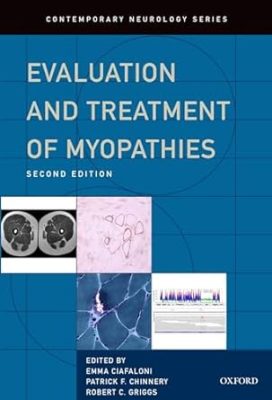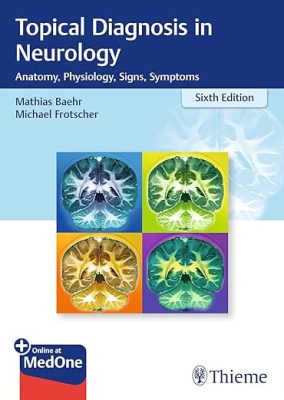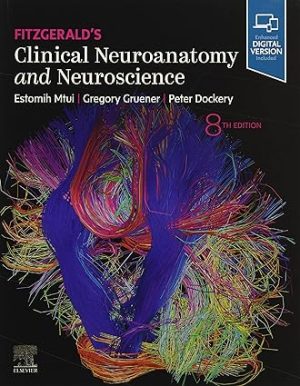Neonatology Questions and Controversies: Neurology (Neonatology: Questions & Controversies) 4th Edition
Dr. Richard Polin’s Neonatology Questions and Controversies series highlights the toughest challenges facing physicians and care providers in clinical practice, offering trustworthy guidance on up-to-date diagnostic and treatment options in the field. In each volume, renowned experts address the clinical problems of greatest concern to today’s practitioners, helping you handle difficult practice issues and provide optimal, evidence-based care to every patient.
The thoroughly updated, full-color, 4th Edition of Neurology:
- Provides a clear management strategy for common and rare neonatal neurological disorders, offering guidance based on the most up-to-date understanding of underlying pathophysiology.
- Places emphasis on controversial areas that can entail different approaches.
- Features the most current clinical information throughout, including recent trials for hypoxic-ischemic encephalopathy, acute management of symptomatic seizures, and congenital viral meningoencephalitis: neonatal herpes simplex virus, congenital cytomegalovirus, congenital Zika, and COVID-19.
- Includes three new chapters on neurological and neurobehavioral evaluation in the neonatal period; white matter injury; and cerebellar hemorrhage in the premature infant.
- Highlights gaps in knowledge that should serve as a strong stimulus for future research.
- Utilizes a consistent chapter organization to help you find information quickly and easily, and contains numerous charts, graphs, radiographic images, and photographs throughout.
- Offers the most authoritative advice available from world-class neonatologists/neurologists who share their knowledge of new trends and developments in neonatal care.
- An eBook version is included with purchase. The eBook allows you to access all of the text, figures and references, with the ability to search, customize your content, make notes and highlights, and have content read aloud.
Purchase each volume individually, or get the entire 7-volume Neonatology Questions and Controversies set, which includes online access that allows you to search across all titles!
- Gastroenterology and Nutrition
- Hematology and Transfusion Medicine
- Neonatal Hemodynamics
- Infectious Disease, Immunology, and Pharmacology
- Renal, Fluid, and Electrolyte Disorders
- Neurology
- The Newborn Lung

